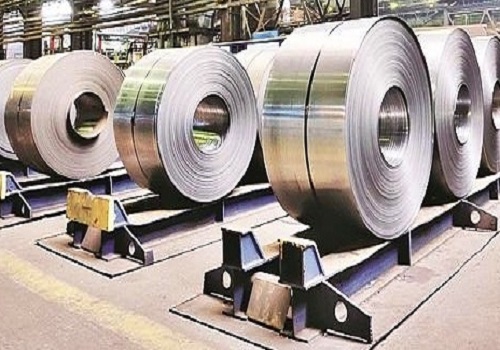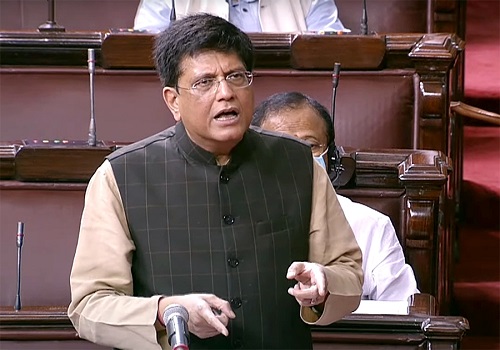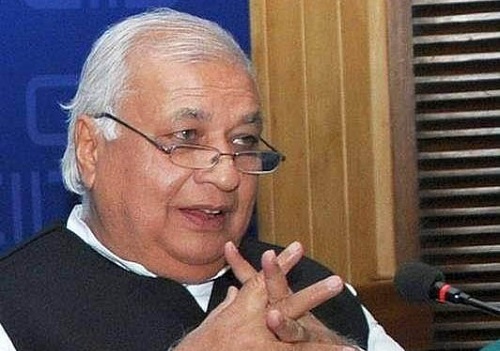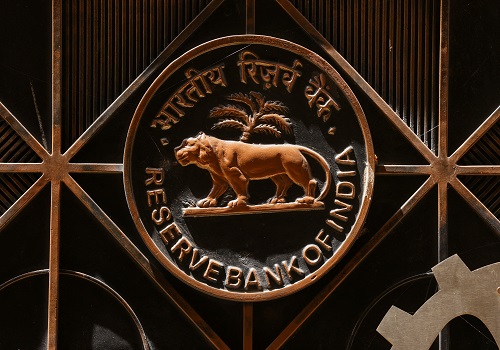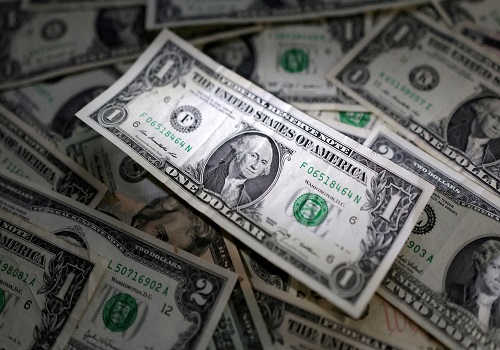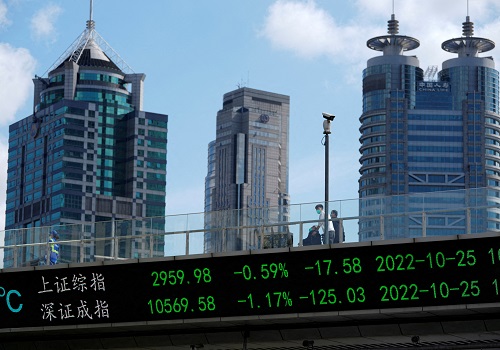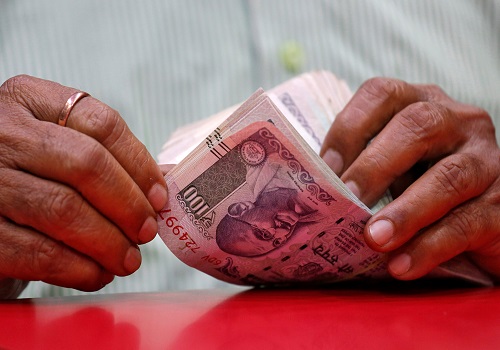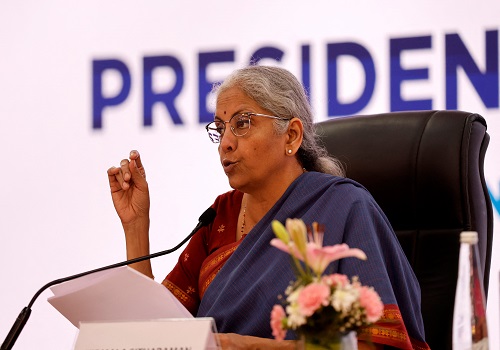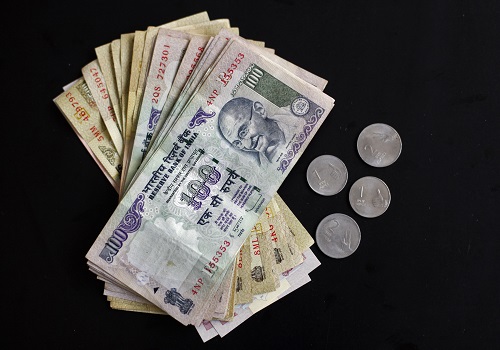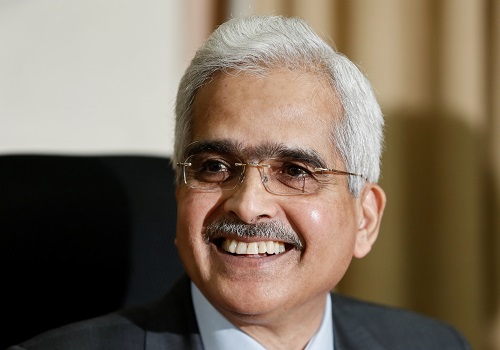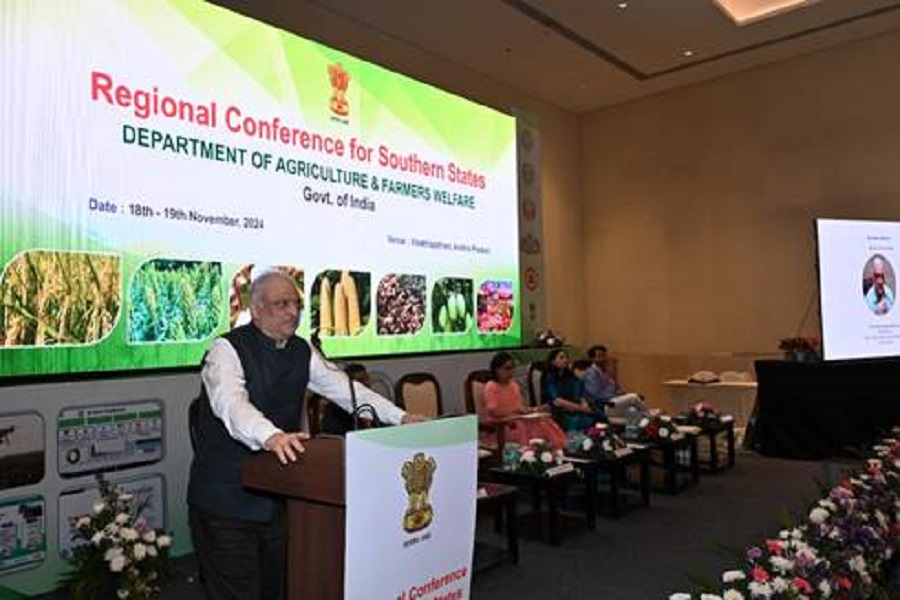India`s RBI holds rates steady but eyes food price spike; signals tighter policy
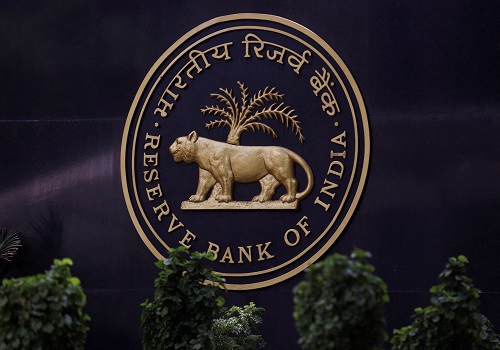
Follow us Now on Telegram ! Get daily 10 - 12 important updates on Business, Finance and Investment. Join our Telegram Channel
The Reserve Bank of India held its key lending rate steady on Thursday as expected but moved to reduce the amount of cash in banking system as inflation concerns resurfaced following higher-than-usual seasonal spikes in food prices in recent weeks.
The monetary policy committee (MPC), which has three members from the central bank and three external members, kept the repo rate unchanged at 6.50% in an unanimous decision. It was the third consecutive time that the committee decided to maintain rates.
India has raised rates by 250 basis points (bps) since May 2022 in a bid to cool surging prices.
The central bank, however, temporarily raised the cash buffer that banks are required to hold, which is expected to push up short-term rates in the market.
"Liquidity plays a major role with regards to inflation – both in pushing up inflation and controlling inflation," RBI Governor Shaktikanta Das said, explaining the decision.
"While inflation has moderated, the job is still not done," he said.
The central bank raised its inflation forecast for the current financial year to 5.4% from 5.1% earlier, citing pressures from food prices. In the July-September quarter, it now sees inflation at 6.2%, significantly higher than the 5.2% earlier forecast.
The benchmark 7.26% 2033 bond yield was trading at 7.166% as of 1:00 p.m. IST, down marginally, while the rupee was flat at 82.81 against the dollar.
The BSE Sensex was down 0.26%, while the broader NSE stock index was down 0.23% for the day.
The RBI maintained its policy stance of "withdrawal of accommodation" to ensure inflation progressively aligns with the committee's target while remaining supportive of economic growth, Das said. Five of six committee members voted in favour of the stance.
Monetary policy can look through food price shocks for some time, Das said.
"We do look through idiosyncratic shocks but if it shows signs of persistence, we have to act."
Food price spikes in India, typical at the onset of the monsoon, drove up headline inflation in June, snapping a four-month downward trend. Analysts expect inflation to have reached 6.4% in July, moving out of the RBI's 2%-6% comfort band.
The central bank took comfort in the fact that core inflation, which excludes volatile food and energy prices, has softened.
"We believe the seasonal uptick along with erratic weather conditions will continue to keep the hawkish bias of the MPC intact in the upcoming meetings as well," said Upasana Bhardwaj, chief economist at Kotak Mahindra Bank. "However, we expect rates to remain unchanged through the rest of the year."
Growth in the Indian economy is seen at 6.5%, unchanged from the RBI's previous forecast.
"Demand in the economy remains bouyant," said Das.
The expected rise in inflation and steady growth had prompted swap markets to price in the probability of one more rate hike from the central bank.
"We doubt that further hikes will materialise," said Capital Economics.
"But with the El Nino threat lurking ... there is a growing risk that the RBI delays the (policy) loosening that we currently expect to begin in early 2024 even as other major emerging economies kick off their easing cycles," Shilan Shah, deputy chief emerging markets economist at the research house, said in the note.

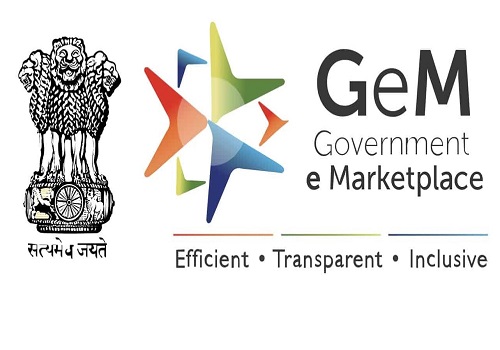






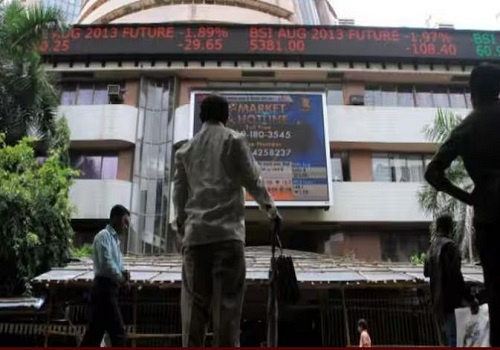



 320-x-100_uti_gold.jpg" alt="Advertisement">
320-x-100_uti_gold.jpg" alt="Advertisement">


